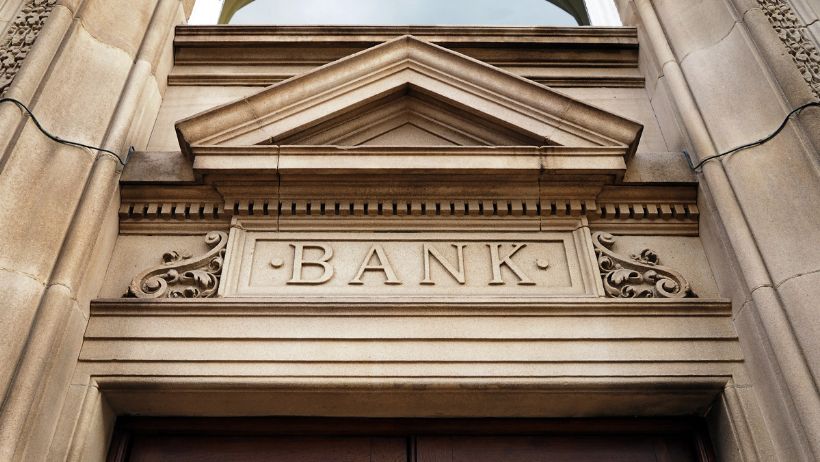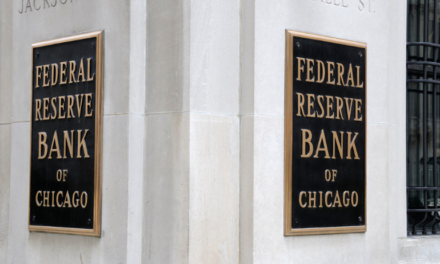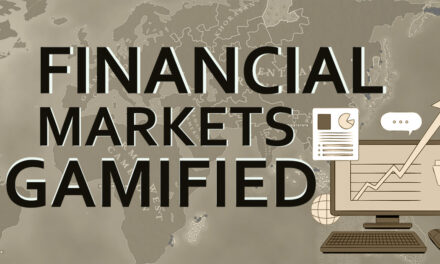Banks make money many different ways. Like any service business, they have customer accounts that they try to sell products and services to, charging fees and interest. What is unique about banks is that they also make money investing the funds they have on hand and through the Federal Reserve.
As much as people may want to complain, the current banking system has provided great stability for consumers and businesses. Banks are an important part of our economy, and most people don’t understand how the banking system works.
Read this, and you will.
How Banks Make Money
How do banks earn money? By using “Fractional Reserve Banking”, banks hold onto deposits and loan their money out to customers via mortgages, credit cards and other types of loans. They also loan money to businesses and other banks.
Being a chartered banking institution, they can also borrow money at the Fed Funds Rate from the Federal Reserve.
Banks make money in three main ways – providing services, charging interest on loans, and investing their customer’s deposits like so:
Bank Fees and Service Charges
Banks make money from charging fees to their customers for things like insufficient funds, not having a minimum balance (service fee) and overdraft fees. Banks earn money from converting on foreign currencies, conducting transactions in foreign currencies, and wiring money.
They also charge account maintenance, research fees, money orders, ATM fees, inactivity fees, returned deposits and more. It really depends on your bank and what level account you have with them.
Banks Charge Money for Physical Cash Deposits
What I always thought was interesting is that they also charge money for cash deposits. I learned about this reading my banking fee schedule. My bank charged .5% of any amount of physical cash deposited over $3000 each month!
There is a reason though, because it costs money to process those dollar bills, risk miscounting and disposing of worn out ones. They have to pay for those armored trucks and security guards.
Think about all the convenience stores that offer to cash checks. They charge a fee and also get to turn their cash deposits into a check, which has no fee.
Merchant processing fees are around 3 percent of the purchase, plus a per transaction rate, which is much higher than what banks charge for cash deposits.
Banks Earn Money on Merchant Processing Fees
Larger banks provide merchant processing for small businesses – money charged for credit and debit card transactions. This amount can vary and is also negotiable, so make sure you shop around for the lowest rate.
Pay Pal is considered a bank, and their merchant processing fees can be found here.
Banks Charge Interest on Mortgages, Loans and Credit Cards
Banks earning money from the interest they charge on loans is what most people think of when talking about how banks earn money. They can loan money out direct to consumers in the form of Personal Loans, Business Loans, Home Mortgages, Re-fiance and Credit Cards.
Often, the bank will originate the loan, and then sell it to a larger banking institution to get their profit sooner. This happened to me with my personal loan I took out years ago, even though it was through Citizens Bank, a large regional bank that has publicly traded stock ($CFG).
Banks Make Money Investing Deposits
Banks make money on their customer deposits. This is money in checking and savings accounts. It also includes money markets and other financial accounts for larger banks.
How Do Banks Earn Money?
The simplest way to understand how banks earn money is that they hold your money and loan it out for a profit. They pay very low interest rates, and then charge a much higher rate to the people they loan it to.
It doesn’t stop there, because in addition to the loaning your money out, they get to use “Fractional Reserve Banking”, loaning out approximately 9 times the deposits (money) they have.
If it sounds evil, it isn’t. It’s part of a system run by the Federal Reserve, which makes the rules for chartered banks. They do this with the Federal Funds Rate, which affects the interest rates we all pay for loans.
Without this system, we would see bank runs and our money wouldn’t be insured if a bank went out of business or was robbed. It would be more expensive to borrow money, too.
Working with Your Local Bank
Banks are run and managed by real people, and they typically want to help their local community. They often have children and families in the same neighborhoods as you do. They want to invest in financially responsible people to grow the local economy. They also help people get back on track financially.
If you want help, go into your local branch – you’d be surprised at the service you can get. The advisors can negotiate better rates, remove fees and hand out lollipops too. Many of the tellers are part time, working through school, family care and so on.
I’ve always been good with money; interested in Financial Services, including Finance and Data Analytics. Hope this help you understand how banks make money.









